Week Seven: Beginning Backend Implementation
This week, our primary focus was on completing the frontend and beginning the implementation of the back end. Similar to previous weeks, we have continued to meet as a team on a (almost) daily basis as we have found that collaborative programming has been a very effective approach thus far.
Frontend
We have implemented the majority of the frontend. However, it is currently all hardcoded and not integrated with the Django backend - this is something we will be working on in the coming week. Although there are some further refinements to be made on the frontend, we feel are only minor concerns which can be resolved after some progress has been made on the backend, which is a more important task at this stage of the development cycle.
We created the following pages following our Figma prototype as a guide and point of reference.
 Login Screen
Login Screen
Interviewee Interface
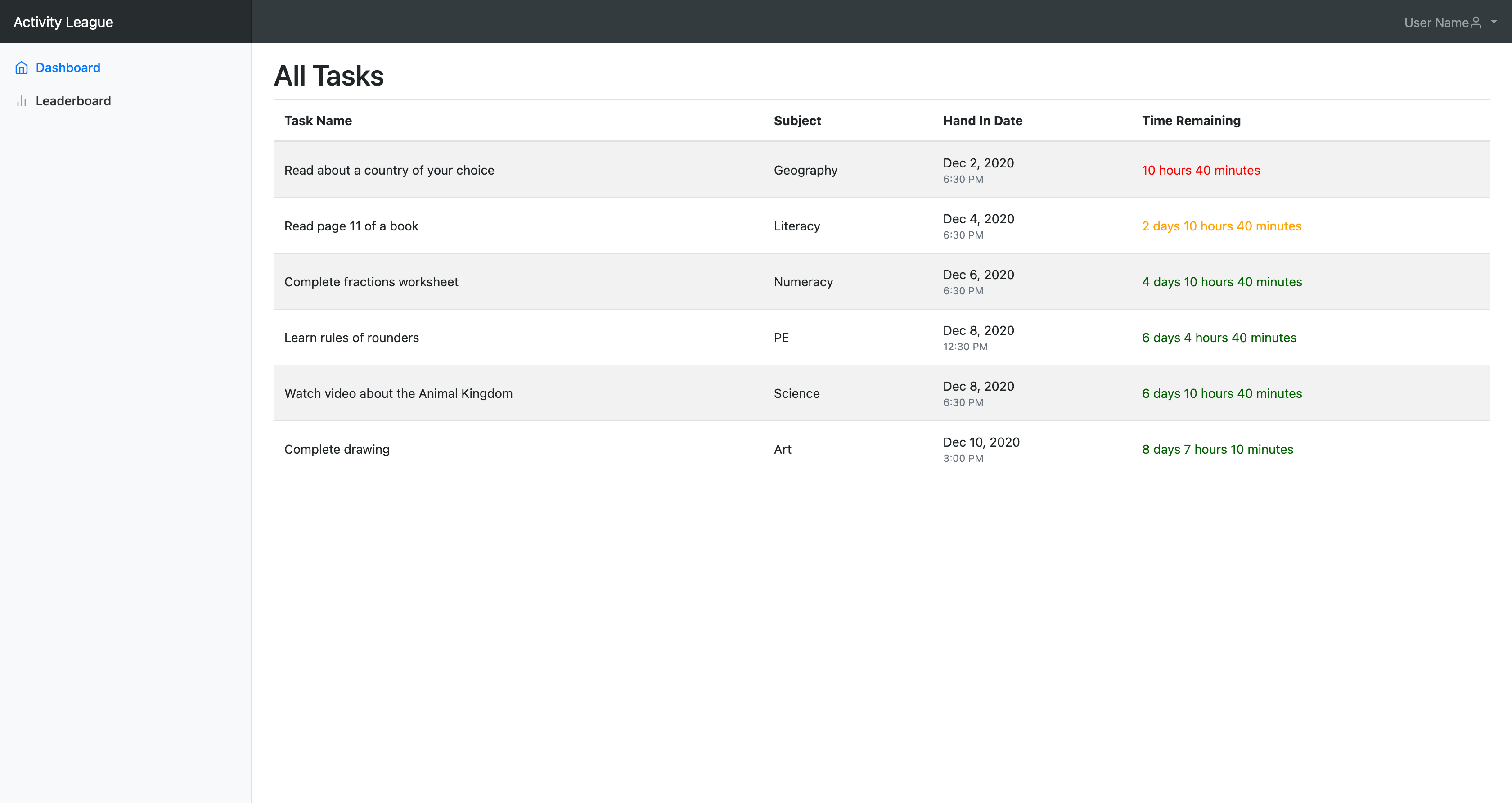 Interviewee Dashboard
Interviewee Dashboard
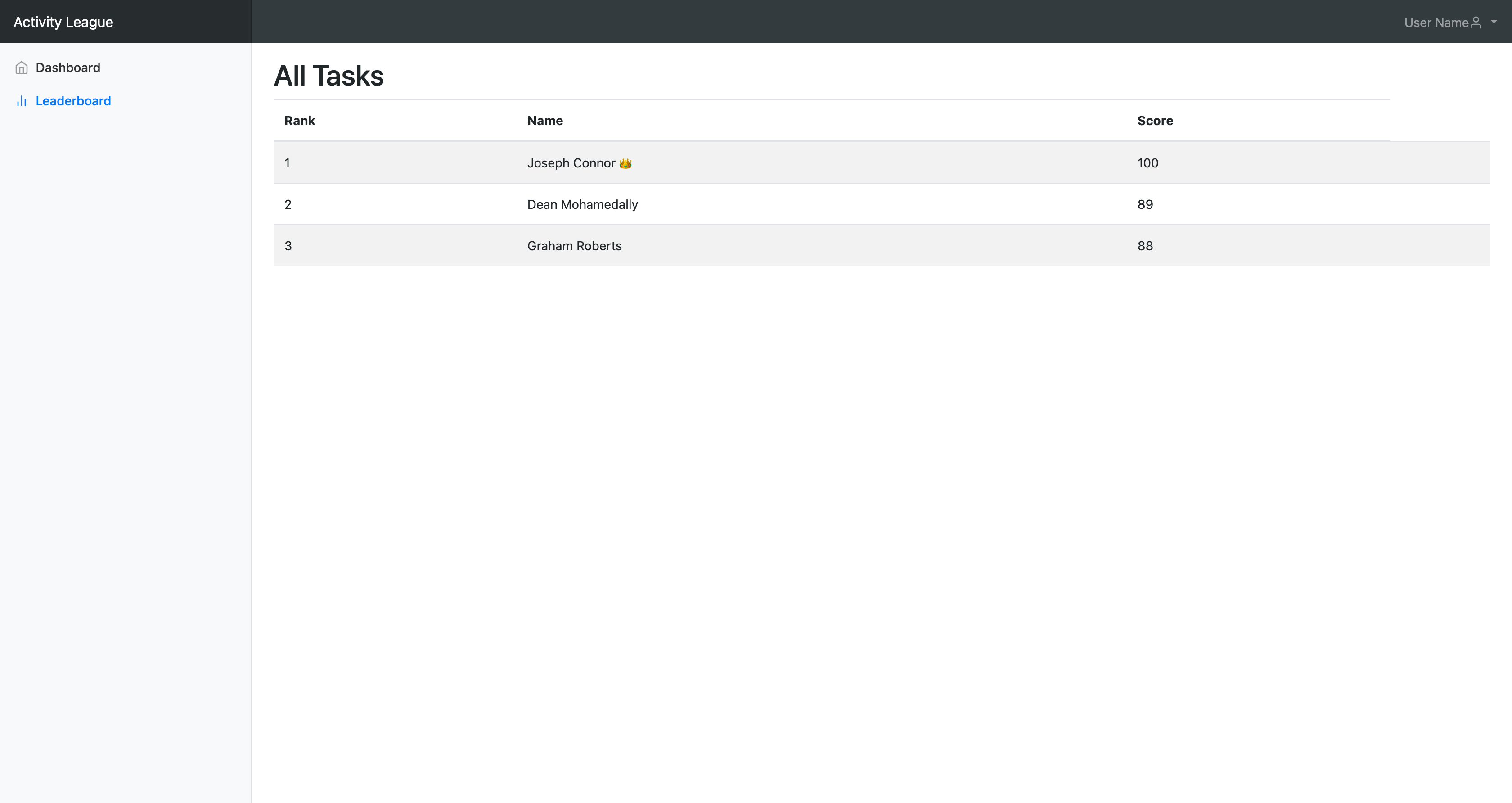 Interviewee Leaderboard
Interviewee Leaderboard
 Response
Response
Interviewer Interface
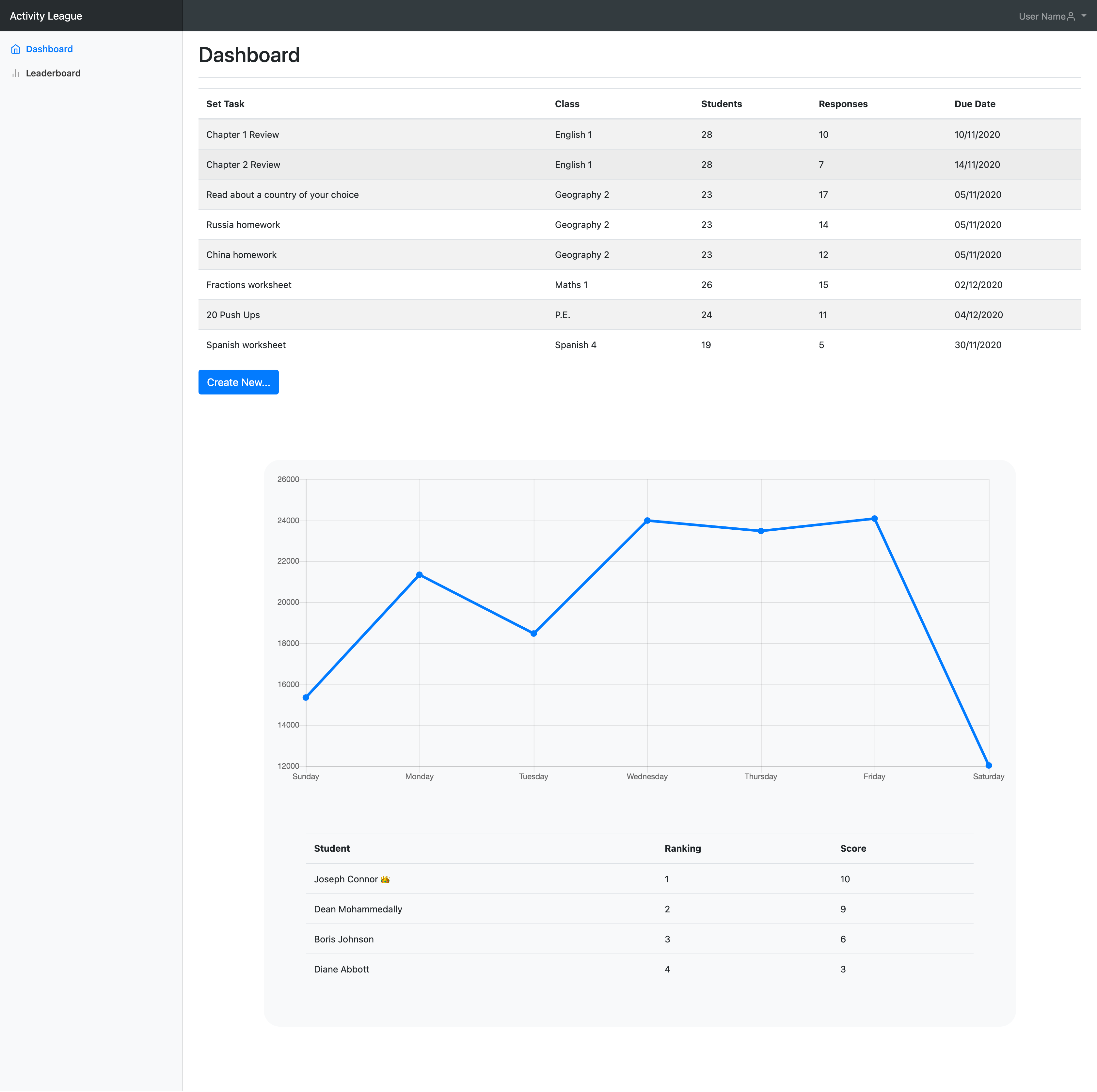 Interviewer Dashboard
Interviewer Dashboard
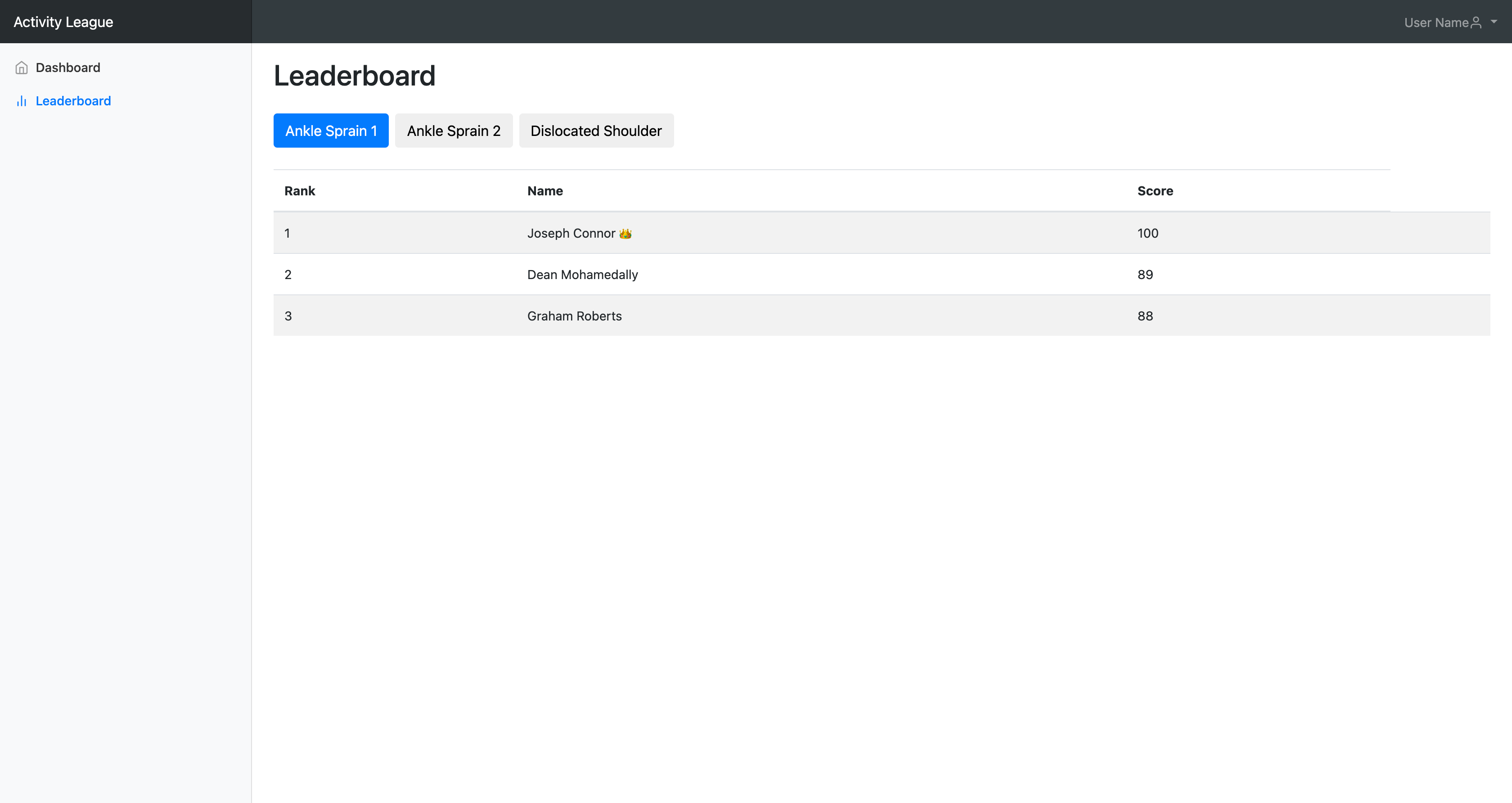 Interviewer Leaderboard
Interviewer Leaderboard
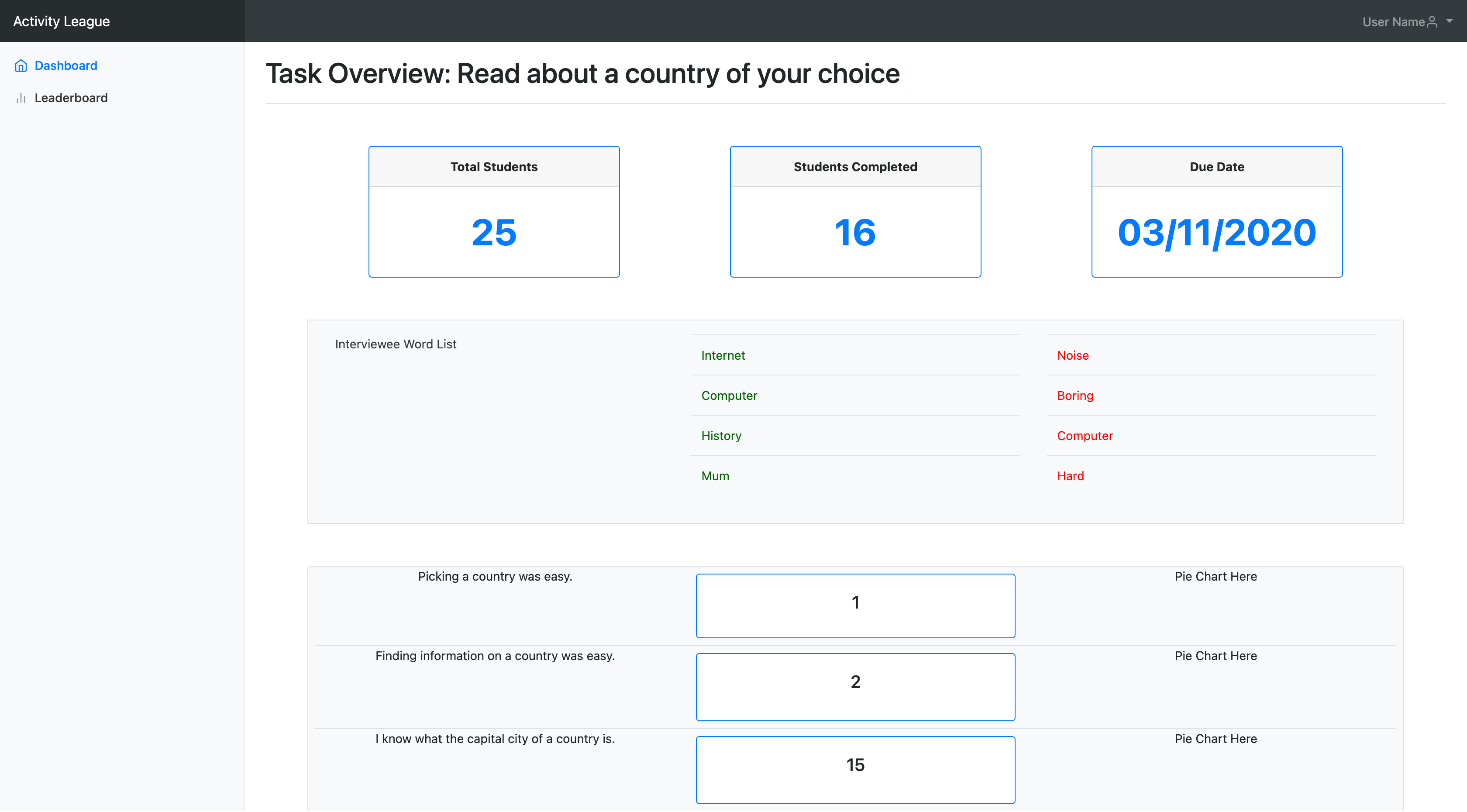 Task Overview
Task Overview
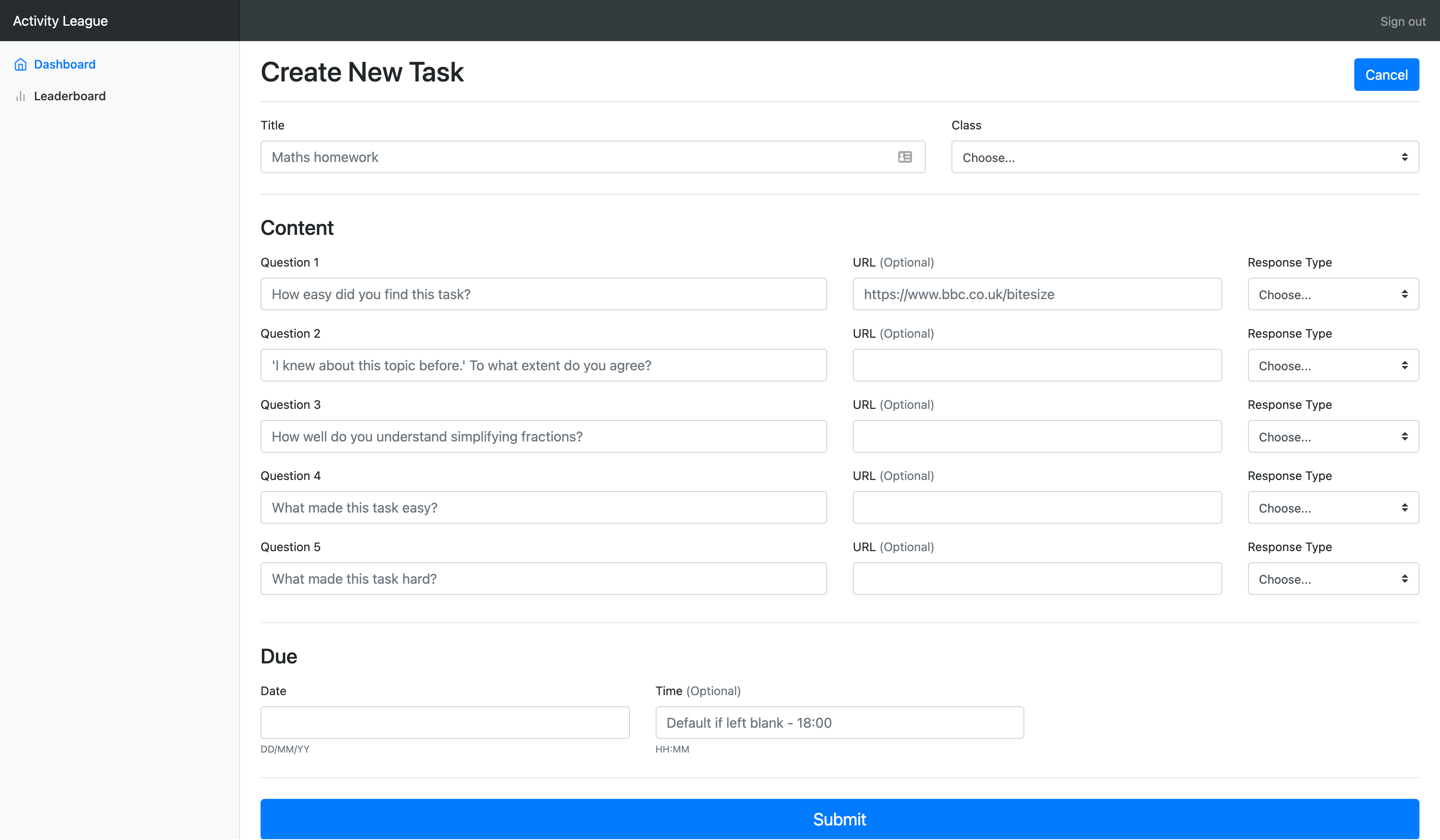 New Task
New Task
Linode
Our client asked us to decide on a Linode server for our project, for which we opted for the following specification: Ubuntu 20.10, Nanode 1GB: 1 CPU, 25GB Storage, 1GB RAM. We feel this is sufficient for the time being, given our scale of deployment.
Next Steps
Backend
We will now begin implementing backend functionality by configuring Django to work with MySQL and our existing database schema.
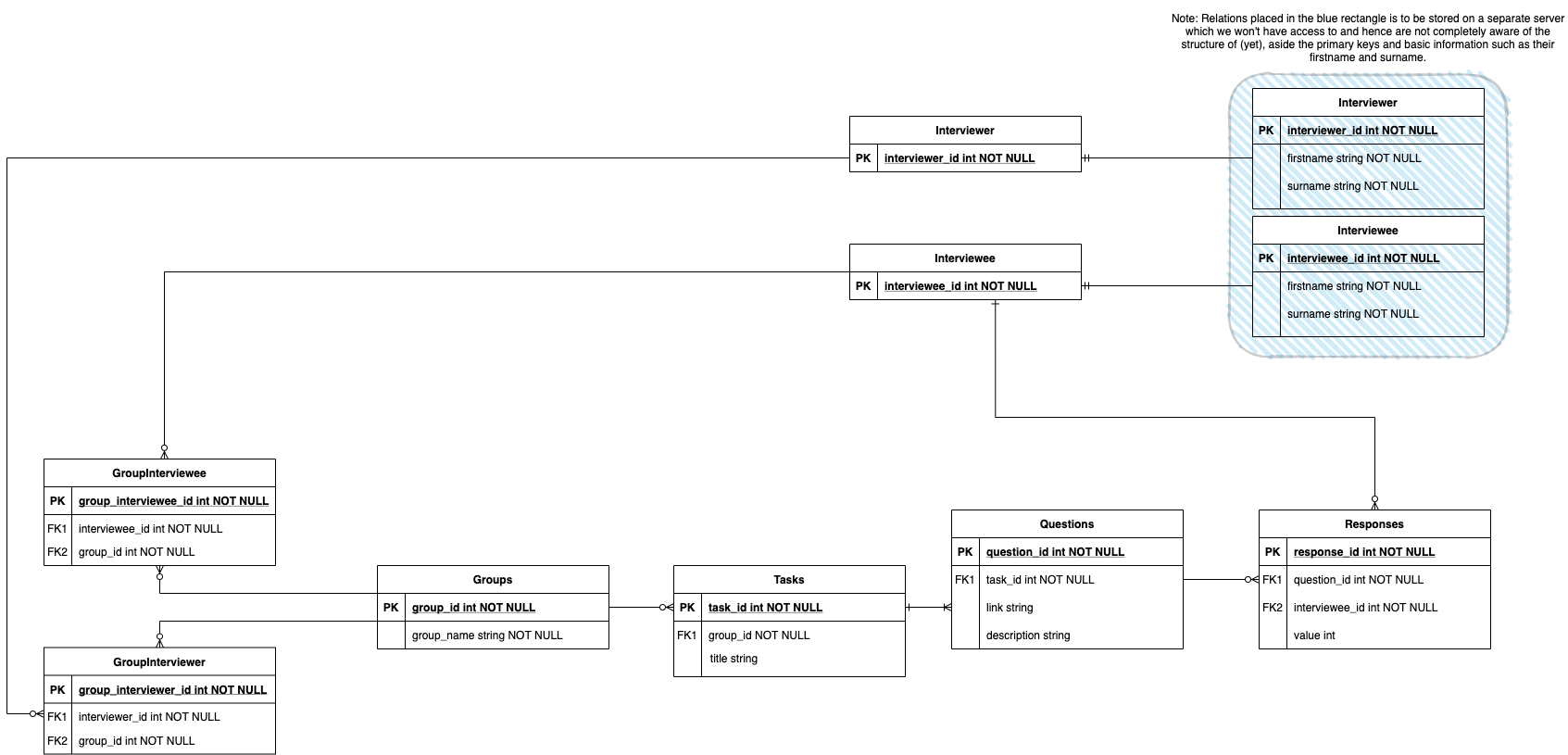
Fortunately, from our preliminary research it seems there is plenty of documentation and guidance about using MySQL with Django.
SSO and Authentication
After consulting with our client and a team who our client referred us to, we will be exploring Keycloak to allow single sign-on with Identity and Access Management.